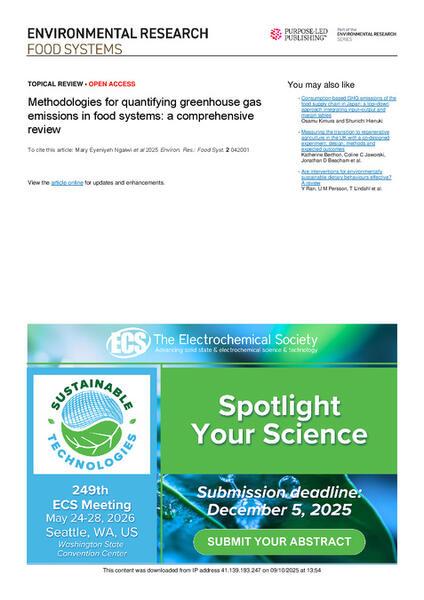
Accurately quantifying greenhouse gas (GHG) emissions within food systems is critical for informing climate policies and advancing sustainable food transitions. Compared to traditional sectoral approaches, a food system approach can offer a more quantitatively holistic approach to capture emissions. This literature review synthesizes methodological approaches and boundary considerations in food system GHG accounting. It uses a structured narrative synthesis to categorize and compare emissions quantification across jurisdictional, product-specific, consumer-driven, and trade-related boundaries, as well as across the different food system stages, including agricultural production, processing, distribution, retail, consumption, and waste management, highlighting how these choices shape policy relevance and outcomes. While life cycle assessment (LCA) remains the dominant method, complementary approaches, including direct measurements, process-based models, and hybrid frameworks, are increasingly used to address limitations in coverage, spatial and temporal resolution, and system feedback. The results show that reported emissions vary widely, up to twofold in some cases, even under nominally similar system boundaries, due to differences in boundary scope, methodological approach (e.g. Tier-1 vs Tier-2 factors; inventories vs LCA), and underlying data sources (e.g. FAOSTAT vs EDGAR). This variation highlights the need for boundary-aware comparisons and supports the use of hybrid frameworks that combine complementary methods to improve coverage, resolution, and consistency. Additionally, integrating sectors across production, consumption, and waste, food system approaches may help identify high-leverage, cost-effective mitigation opportunities that are often obscured in sector-based reporting. Rather than identifying a single best method, the review underscores the importance of matching methods to boundary scope, data context, and decision-making needs, highlighting the value of integrated, food system-wide perspectives for improving consistency and informing targeted mitigation strategies.

